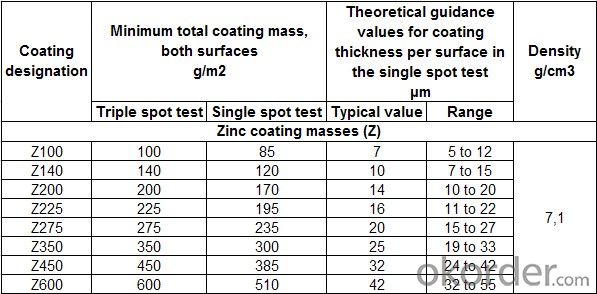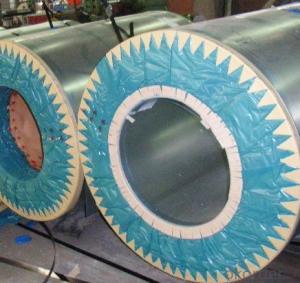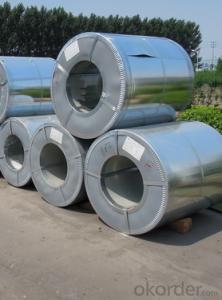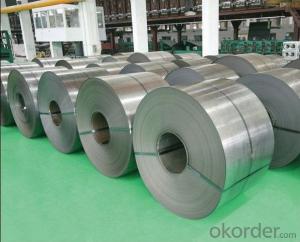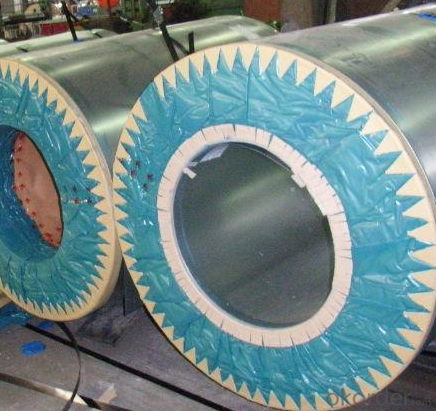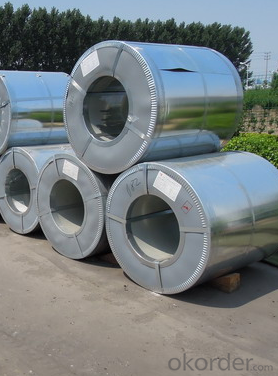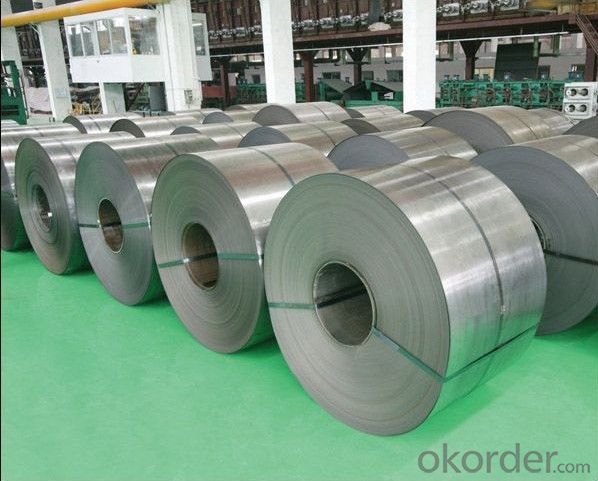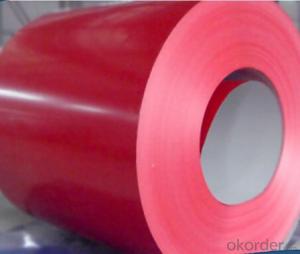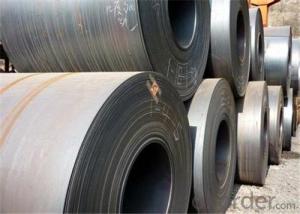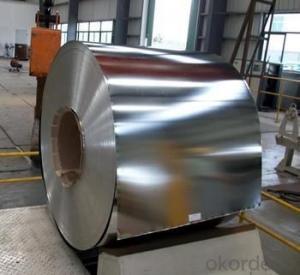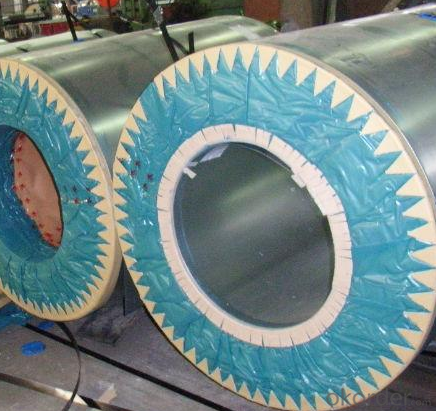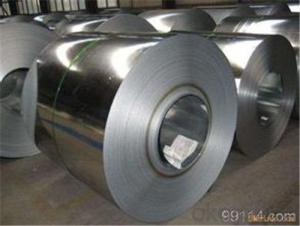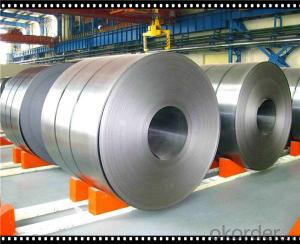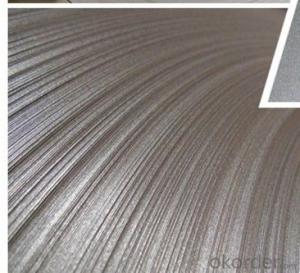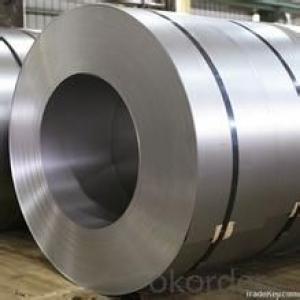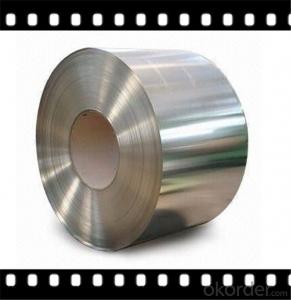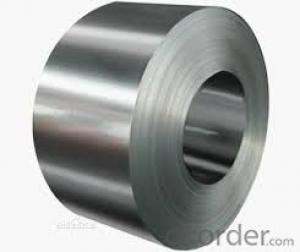Quick Details
Standard: AISI, ASTM, BS, DIN, GB, JIS
Grade: GI,GL
Thickness: 0.14-1.2mm
Brand Name: WZH
Model Number: 0.14-1.2mm
Type: Steel Plate
Technique: Hot Rolled
Surface Treatment: Coated
Application: steel sheet
Special Use: High-strength Steel Plate
Width: 600mm-1250mm
Length: any
commodity: GI/GL/PPGL/PPGI
thicnkess: 0.14-1.2mm
width: 600mm-1250mm
surface coating: PR,PVDF,galvanized,Al-zn coating
coil weight: 3-5 tons
quantity in a 20ft container: 25-26.5 tons
delivery: within 15 days
Color: any ral color
Basic Zinc/Alu Zinc Coating: Z60-Z180/AZ50-AZ275
main market: Middle east,Africa,South America,
Packaging & Delivery
| Packaging Details: | Oscillated wound: one coil per bundle, inner is the protecting humidity-proof wax paper. Medium is plastic film. Outer is sackcloth or compound paper packing. Coil to be laid on single type pallet (one pile per pallet) |
|---|---|
| Delivery Detail: | Depends on specification and order quanity. |
Feature
(1) Regular spangle, minimized spangle and skin-pass.(2) Chromate and Chromate-free passivation.
(3) Oiled and unoiled.
Drawing quality - DIN EN 10346 HDG Steel Coil
(1) Type of zinc coating finish: regular spangle, minimized spangle and skin-pass.
(2) Types of surface qualities: as coated surface, improved surface and best quality surface.
(3) Surface treatment: chemically passivated, chromate-free passivation, phosphate, anti-finger print, phosphateand, self lubricating film, and untreated.
(4) Type of oiling: oiled and unoiled.
(5) Coil ID: 508/610mm.
(6) Grade: DX52D+Z; Application: drawing use.
Chemcial composition (cast analysis) of low carbon steels for cold forming
Specifications

Mechanical properties (transverse direction) of low carbon steels for cold forming

Coating mass
